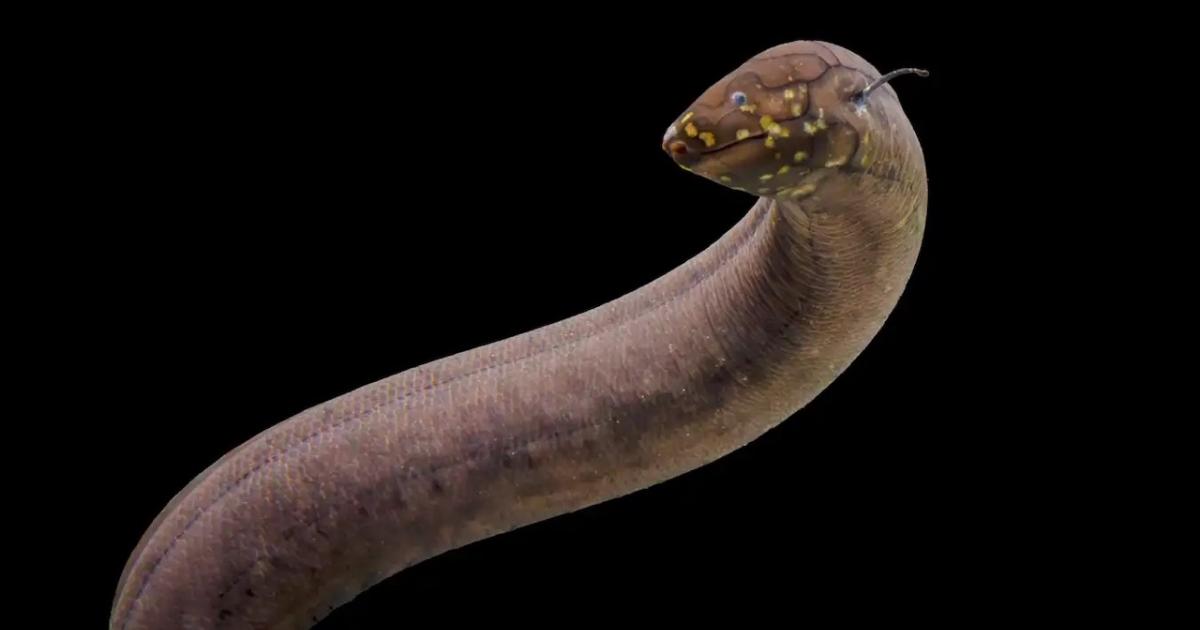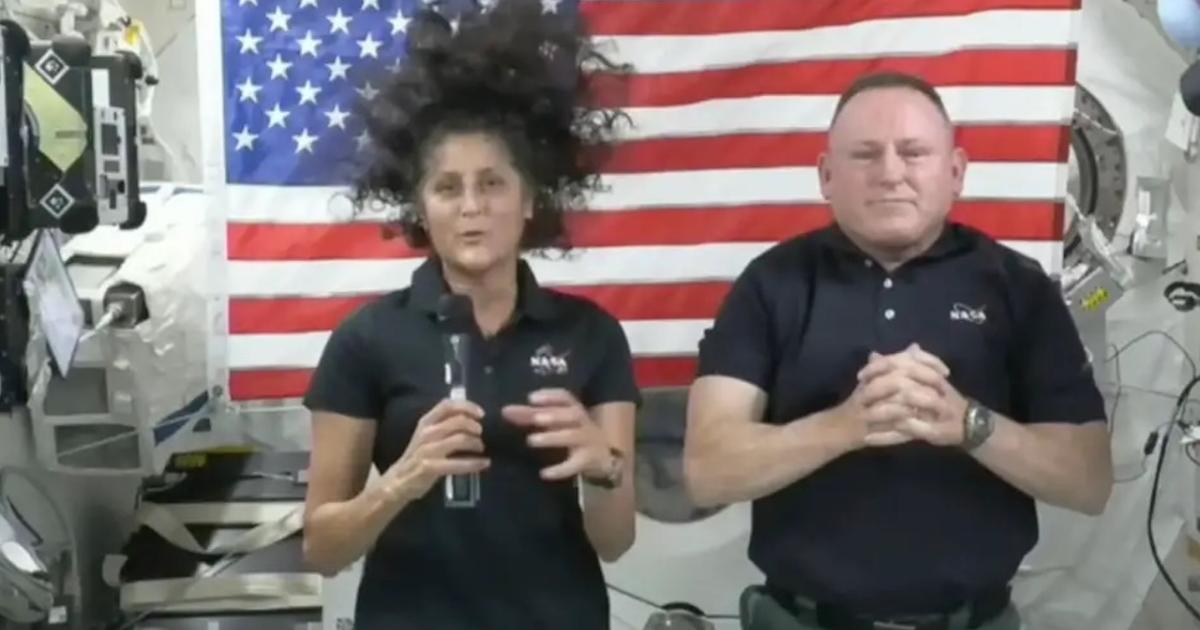
Umbrellas or covers? The EarthCARE satellite will explore clouds from every angle, to better understand their role in climate change through their sometimes cooling, sometimes warming effects.
The “pioneer” mission of the European Space Agency (ESA), in cooperation with the Japanese agency JAXA, is scheduled to launch on Tuesday from Vandenberg Base in California (United States) aboard a Space
The 2.2-tonne satellite, designed by Airbus, will operate 400 kilometers above Earth to provide a comprehensive picture of the clouds. “They are one of the main contributors to climate change, and one of the reasons we don't know much about,” Dominique Gilleron, head of Earth Observation Projects, told AFP.
Cumulus, cirrocumulus, and cumulonimbus clouds… Clouds are “complex and heterogeneous objects” whose composition varies with altitude, as they are found in the troposphere, which is the lowest layer of the atmosphere, which extends from a height of 8 kilometers above the poles to 18 kilometers above the equator, explains the engineer. .
They therefore behave differently depending on the climate depending on their altitude. Some, such as cumulonimbus clouds, which are made up of water vapor present at a very low level, act like an umbrella: very white and very bright, reflecting the sun's radiation back into space — an effect called albedo — and cooling the atmosphere.
Others, such as high-altitude cirrus clouds – clouds so thin that their thin veil can be seen from an airplane – on the contrary, allow solar radiation to pass through, warming the Earth. The latter re-emits thermal radiation that “will be captured by thin clouds, preserving heat, like a life blanket,” Dominique Gilleron explained during a press conference.
Hence the importance of assessing the nature of clouds according to height by dissecting their vertical structure, which no satellite has done so far, confirms Simonetta Chile, Director of Earth Observation Programs at the European Space Agency.
EarthCARE's two “active” instruments will send their light toward the clouds and calculate the time it takes to return. Longer or shorter duration depending on whether the light is coming from below or above the cloud layer.
– 'See through' –
The lidar (“laser imaging detection and ranging”) device will emit ultraviolet light to study microclouds at high altitudes and track aerosols: small particles (dust, pollen, anthropogenic pollutants such as combustion ash, etc.) that are “precursors” of clouds . Dominique Gilleron describes.
Radar will be able to “see through” the opaque cloud layers to determine their solid water composition (in the form of droplets). Like road radars, the device will change frequency depending on the speed of the clouds to track their movements in the atmosphere.
EarthCARE is also equipped with a multispectral imager, which will provide information about the shape of the clouds, and a radiometer to explore their temperature.
Thus, all physical parameters of the clouds below the satellite will be measured simultaneously – a first of its kind.
Information is “eagerly awaited,” according to the European Space Agency, by the scientific community, which seeks to “recalibrate” its climate models to assess the Earth’s radiative balance, that is, the balance between the radiation that our planet receives from the Sun, and that which it emits.
With the idea of predicting “whether the current effect of the clouds, which is somewhat cooling at the moment – the canopy prevails over the cover – will strengthen or weaken,” Dominique Guilleron develops.
This is an even more uncertain development because global warming is changing the distribution of clouds.
“EarthCARE is being launched at a more important time than when it was conceived, in 2004,” says Simonetta Celli.
The European mission, planned for three years, replaces NASA's CloudSat and CALIPSO satellites.






